San Jose:
CS6 Reviewer’s Workshop
This past week, I had a chance to check out some pretty incredible new features from Adobe’s new CS6 release along with Flash reviewer Mike Muwanguzi and Photoshop reviewer, Nate Eckelbarger.
While I’ve had a chance to receive training from Adobe on their new products for a number of years now, this is the first time the training has happened when we weren’t under a Non-Disclosure Agreement. Normally, a select group of press representatives is invited to explore the new software at either Adobe’s headquarters in San Jose or at a special event in NYC 6-8 weeks before the release of the new software. In the past, this time barrier between exposure and ability to share has resulted in a loss of overall excitement as even the most cutting edge improvements become simply accepted shortly after exposure! Since the NDA usually lasts until they start releasing the actual software, the fact that the software launched the Friday before the training in San Jose meant that the NDA had expired by this past Tuesday when we began.
While I was glad we were able to share what we were learning on a regular basis via Facebook this past week, I rather wish that we’d been able to do it a month before launch (with the NDA revoked) so that we would’ve had more time to acquaint ourselves with the products before their actual release! So often our readers expect us to have fully formed opinions on things by the time a product is released that, this time, it feels sort of like we’re playing catch up!
With that said, let me give you an editorial overview of some of the really awesome improvements, cool new features, and a few of the pieces we’re still sorting out. (Next week, Audio Reviewer Mark Mehlbauer, Video Reviewer Mark Colegrove, and Story/Speedgrade Reviewer AJ Wedding will be giving further coverage from NYC.)
First off, let me say that I can already confirm that the CS6 release is unquestionably the release we all hoped CS5 was going to be with the added 18 months of polish and improvement that is really needed whenever someone completely rebuilds most of their programs from the ground up. (Our readers likely recall that CS5 was the release that the core products in Production Premium went to 64-bit—with a few hiccups along the way—and Premiere Pro was rebuilt with the Mercury Playback engine with highly leveraged performance improvements for users with certain higher end nVidia cards.)
Having had a week to play with the new software, the suites seem much more stable with this release and, across the board, there is great implementation of improvements that will actually make you able to edit, create, and export faster and easier than ever!
Creative Cloud
A key feature off this release this is the option for the new Adobe Creative Cloud. It’s clear that Adobe wants to get into a subscription model (not unlike companies like Autodesk) as this model does make them much more free to release new updates and changes this way. Now, with that said, they are not planning on doing away with permanent licenses, they’re simply providing much more attractive pricing and features if you choose to go monthly. For $49.99 a month (with a 1 year contract) or $74.99 if you go with a month by month plan, you get every single program in Adobe’s Master collection plus Muse, Edge, StoryPlus, 5 Business Catalyst Basic accounts, and 20 Gigs of online Cloud Storage (which is optimized for pictures, PSD, and PDFs, but not for video content). If a user updates every two years with normal boxed software, this would come out to $1200 for the Cloud Version in comparison to the initial $1700 that Production Premium cost or the $2500 Master Collection cost for a permanent copy. Now, since most people upgrade their boxed copies vs. buying a full licenses (with most upgrades being 50% price of a full version), if you look at this cost over, say, three versions (say, CS6 through CS8) you would likely spend $3400 for Production Premium or $5000 for Master collection over the course of 6 years, whereas (provided they didn’t raise the price on you and you signed up for yearly contracts each time) you would spend $3600 for your online version. (And, no, they don’t have $39.99 Production Premium cloud. After trying out monthly point-of-purchase items in CS5.5, it was found to be too cost prohibitive to have multiple monthly options with the exception of the following non-permanent options: StoryPlus, Edge (still in beta), and Muse. (Price point for StoryPlus and Muse is $15 a month and Edge will presumably be the same when actually released.)
It’s a very interesting concept, especially since, to sweeten the deal, current owners of any of the CS3-CS5 suites will be entitled to go with a 1 year contract (provided they sign up by the end of August) with a $29.99 price point locked in for 12 months. (With that price reduction included, it would be $40 cheaper over the course of six years to do the Adobe Cloud than it would be to update Production Premium. The only downside with the Cloud approach from a functionality standpoint is that it checks once a month online to see if you’re still legally able to use the product. That means that offline folks will have to lug their editing suites to a connection once a month and international editors who go to less industrialized countries will have to figure out some way to get to the actual internet once a month.)
Editor’s Best of Show: Edge
While I will get into the meat and potatoes of Production Premium shortly, one side program from the new Creative Cloud offering that really did steal the show (and for which most of us in the press were really requesting be made as a permanent purchase option) was Adobe Edge. Much like all of Adobe’s newest products, the name is subject to plenty of interpretation, but, having used it, I would say they went to the notion that you’re creating content through the cutting edge—which, ironically, is kind of vintage in some ways! Edge actually harnesses CSS and traditional HTML to create flash-like animations that can be read by any browser out there, including, unlike Flash, iOS devices. There are HTML5 parameters and export features, of course, but the part that really surprised people wasn’t the export options—it was how simple and user friendly it was. Finally a web animation program aimed at artists and video people, that doesn’t require vector-brained thinkers and programmers to use it.
It reminded me heavily of a simplified version of After Effects with a couple really nice touches (like a timeline pin tool and more robust Ease In-Ease Out defaults) that I would love for After Effects to adopt! What I thought was so interesting was that, in a group of largely web development folks (for Day 2 had much more of that emphasis), many attendees had little experience with video or with Flash, yet they were quickly running off script to make powerful and interesting animations. (Hearing the product developer chat about it, you really got the impression that it was seen as a nice extra feature for the Creative Cloud in much the way that video recording was seen as a nice extra feature on the Canon 5D Mark II when it was first released. The last time I saw a group of press folks that excited about something involving animation for the internet was when Adobe announced that Encore would export a flash website straight out of a DVD project with no need to go into Flash! Of course, still more interesting was discovering that it wasn’t just the pixel people who loved edge—even Vector-heads like our own Flash Reviewer, Mike Muwanguzi, found it very intriguing.)
So now on with some of the cool Production Premium bits.
Prelude
OnLocation has been voted off the island from Production Premium. This was a decision which was somewhat bittersweet, as it had a lot of potential, yet it quickly proved too unwieldy to update with all of the non-Firewire cameras on the market…and even the CS5 version was redesigning the program to be more of a live logging solution, rather than an actual digital recording solution.
Since so many modern filming options create pure data file format options, the decision to include a true ingesting, logging, and meta tagging solution called Prelude. To oversee the project, Wes Plate (from Automatic Duck) was brought on board. Perhaps the sexiest feature of Prelude for filmmakers who hate the mid-shoot ingesting rigamarole is the ability for the software to make multiple copies in multiple locations of your footage for safety with only one set of commands! While many features aren’t yet available since this is a ground up creation at the 1.0 release, it did have some nice metagging abilities, the ability to create in-and-out points in the ingestor, and the ability to create quick rough cuts for directors to share with their editors.
Premiere Pro
Moving on from there, Premiere Pro has a huge number of incredible improvements, including:
-
hover scrubbing (which actually allows you to quickly scan through your footage just by hovering over your thumbnails)
-
the ability to place “in” and “out” points at the thumbnail level
-
a way better looking editing layout with way less “chrome” (ie the bits that waste space and take away from the amount you can actually see)
-
the ability to adjust plugin parameters while the video is playing live (provided you have a good nVidia card or, for Mac laptops, a few select AMD cards)
-
improved overall integration and stability across the board
-
a version of the AE Warp Stabilizer, which is extremely exciting
-
the ability to do a lot more with audio layers within Premiere Pro (without having to go into Audition)!
After Effects
Steve Forde and the AE team put in a lot of work to create the Perpetual Rendering feature, which allows you to remove layers and turn off layers without having to re-render everything. (This feature looks for all the things that were not impacted by the layers you removed and only requires you to rerender the parts that were affected by removals, deactivations, or additions. The time savings could be quite large!) This is a huge boon to any and all filmmakers using After Effects, especially since they can pull timelines from AE into Premiere Pro via Dynamic Link and retain the Perpetual Rendering! Added to this mix are some pretty cool new additions including a variant based off CS5.5’s Warp Stabilizer that will actually perform powerful camera tracking (rather than the more basic motion tracking, which AE has always had the ability to do) and even lighting estimation so you can add in new artificial elements and have it create lights and shadows based on the estimation algorithm! Along with this very 3D-like feature is the ability to finally do true ray-traced 3D within After Effects, so you can finally create non-rastorized titles, vector artwork, and extrusions! (Genius/AE Contributor/Action Filmmaker Stu Maschwitz had tested the feature and created a photo real a handheld shot of an iPhone 4 using only AE. It was truly amazing!)
Speedgrade
With CS6, Adobe unveiled the new color grading solution known as SpeedGrade. Acquired just six months before the CS6 launch, this program has apparently been improved heavily since that acquisition. With that said, it currently feels very foreign to the Adobe layout and I personally had a lot of trouble even following a basic training program with it. (Additionally, one of the most notable problems I and some of the other reviewers ran into at this stage was weird glitches with the Ctrl-Z feature to un-do things, so that only some things would be undone when it was implemented. This may mean that this feature wasn’t even part of the original software and it’s been shoehorned in after the fact.) I think that the potential of SpeedGrade is awesome, I just felt very strongly that it wasn’t quite ready to be part of the CS6 release. I think that it would have been much better to hold on to it and polish it for another cycle, then release a more Adobe-like version with CS7 for folks to cut their teeth on. Of course, now that the monthly rental option is available and the fact that they’ll likely do a CS6.5 version, maybe they’ll be able to iron out a lot of the issues earlier than CS7. Only time will tell! (AJ Wedding will be doing a full review of the software, so he’ll be able to give us some more thorough tests on what works well and what still needs some work.)
Additional Production Premium Improvements
Other notable features that are part of Production Premium that drew my interest were still greater improvements in AME and it’s stability, including the ability to create and import styles compression algorithms in groupings and the ability to have multiple export points for a single timeline or video file easily. While Audition still doesn’t feature a full ADR solution, it has gotten a lot closer this year. Featuring an Adobe designed alternative to audio solution’s such as Vocalign, Audition will attempt to restretch ADR audio to fit problematic original takes. We will definitely have to check this out, but it has a huge amount of potential!
Testing CS6 on the Z1
We did have the opportunity to test the software on the new HP Z1 machines which are clearly designed to try to bring a PC rebuttal to the iMac concept. They were pretty responsive considering they were an all-in-one machine and we’re looking to do some more in-depth exploration with them for some of our reviews in the future. For those who didn’t hear about the Z1’s at the recent NAB show, the cliff’s notes version is that the Z1’s are all-in-one video workstations built into a 27” monitor with a 3.3 Ghz Quad Core Xeon and lots of options. The ones we tested had been outfited with 16 GB of DDR3 RAM, 1 TB SATA-3 Drive, and 2 GB of GRAM on their nVidia Quadra 1000M video cards. The slightly over $3K price point may be a little more than many would like to spend, but the fact that they have as much horsepower as they do made them pretty intriguing, especially since they have an array of ouput features and really are designed to feel more like a dedicated workstation. We did hear a few strange fan issues which implied overheating, but they seemed to work quite well on all of the CS6 training we did on them.
Editorial Nomination: Presenter Best of Show & Road Trip
The overall training throughout the week was quite good and the presenters were quite enjoyable all through. However, best of show in the presenter class, as far as I’m concerned, had to go to Premiere Pro lead, Al Mooney. Al’s a highly excitable Brit who loves trying to make things awesome. (I definitely got the impression that if programming ever fell through for him, Duff Goldman would probably hire him on Ace of Cakes!) Probably the most endearing thing about him was how he honestly he would handle suggestions and the fact that he really does see things from the perspective of us as editors: “Wow, that’s an awesome feature. I would love that feature myself and we will definitely look into it for another release, but we don’t have it yet so let me tell you more about what we do have with CS6!” (In fact, I had a really exciting idea for a future version of Premiere Pro myself and pulled Al aside to suggest it, describing it in great deal with far too many words. He smiled and replied simply: “Ah yes, the render and replace feature!” I immediately assumed I’d overlooked this in my testing, but was excited nonetheless: “You mean you’ve already implemented it?” He shook his head and replied: “Sadly no, but we do have a name for it, which means we’ll figure it out before too long!”)
Fortunately, you don’t have to be part of the press to check out Al’s training antics! If you want to see Al and his Canukian cohort, Steve Forde, they’re doing a video road show throughout the United States all next month. Half a day of Premiere Pro/AE CS6 training free of charge or a Deep Diving training offering for $200 (if you pre-order)! ( Click Here For Locations and Times: http://adobecs6roadshow.com/ )
Unsubstantiated Rumors About CS7
Perhaps the juiciest rumor I heard from unnamed sources within Adobe pertaining to CS7 is that there may be a true competitor to the Quicktime format coming down the pike. This new, platform-agnostic codec would presumably allow a variety of compression choices, alpha inclusion, embedded meta data, and support true 64-bit encoding. Considering that Adobe has often been an amazing codec innovator, including the .DNG format which was embraced in the new Black Magic Cinema camera that stole the show at NAB, it would not be unexpected for them to create a truly revolutionary new video codec! (While all official inquiries as to this new codec have received “no comment” or “it might be being considered” or “I’ll take it under advisement,” I have heard that it does have a codename: “Taco Meal.” While not quite “The Manhattan Project,” it is presumed from this code name that the format might have a “*.tml” extension.)
Closing Comments
All told, it was a great week of cutting edge new software. While not everything’s perfect, it’s definitely a step in the right direction! Tune in next week for more coverage of the CS6 improvements from Mark, Mark, & AJ in the Big Apple.
After that, we’ll be diving deep into these programs to show you how the work in the real world!
(Special thanks to Nate Eckelbarger for his great photography of the building and interviewers.)

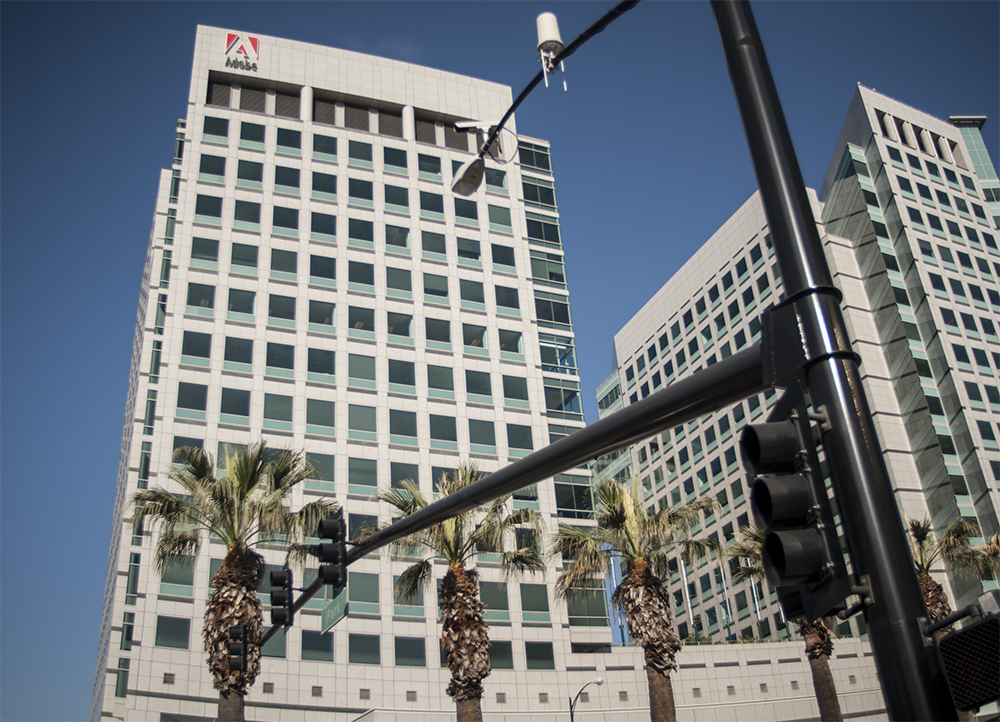
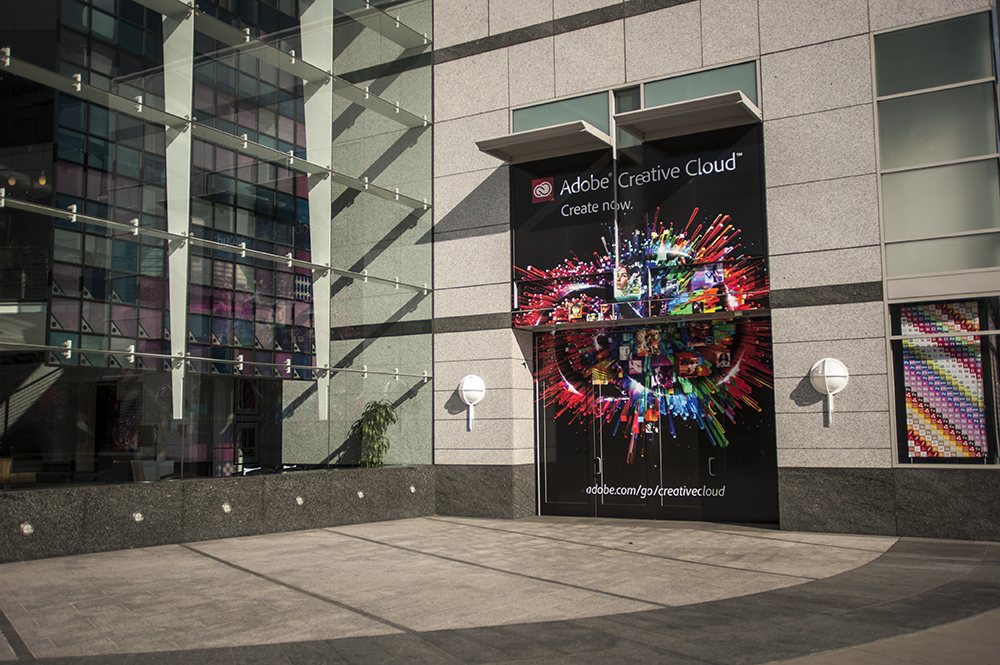
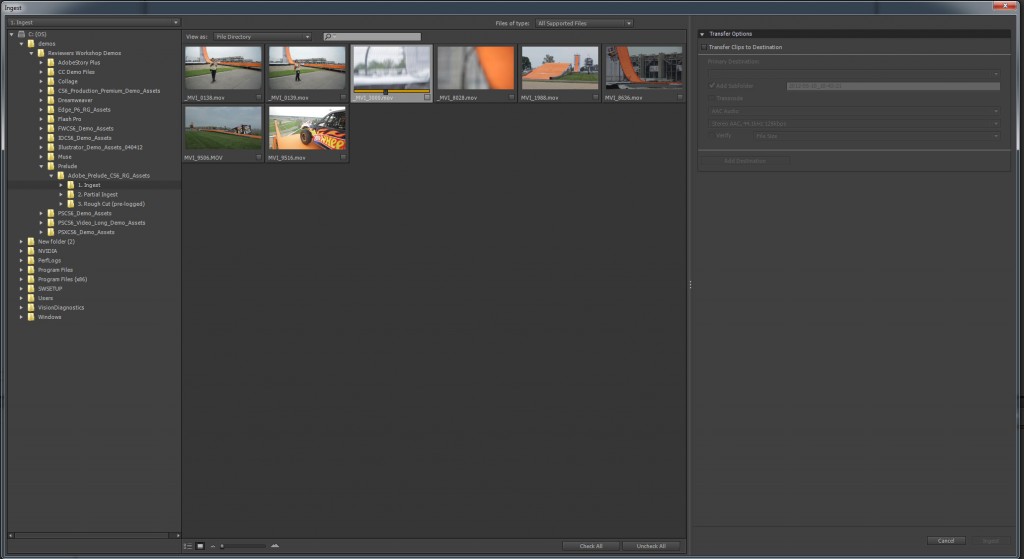

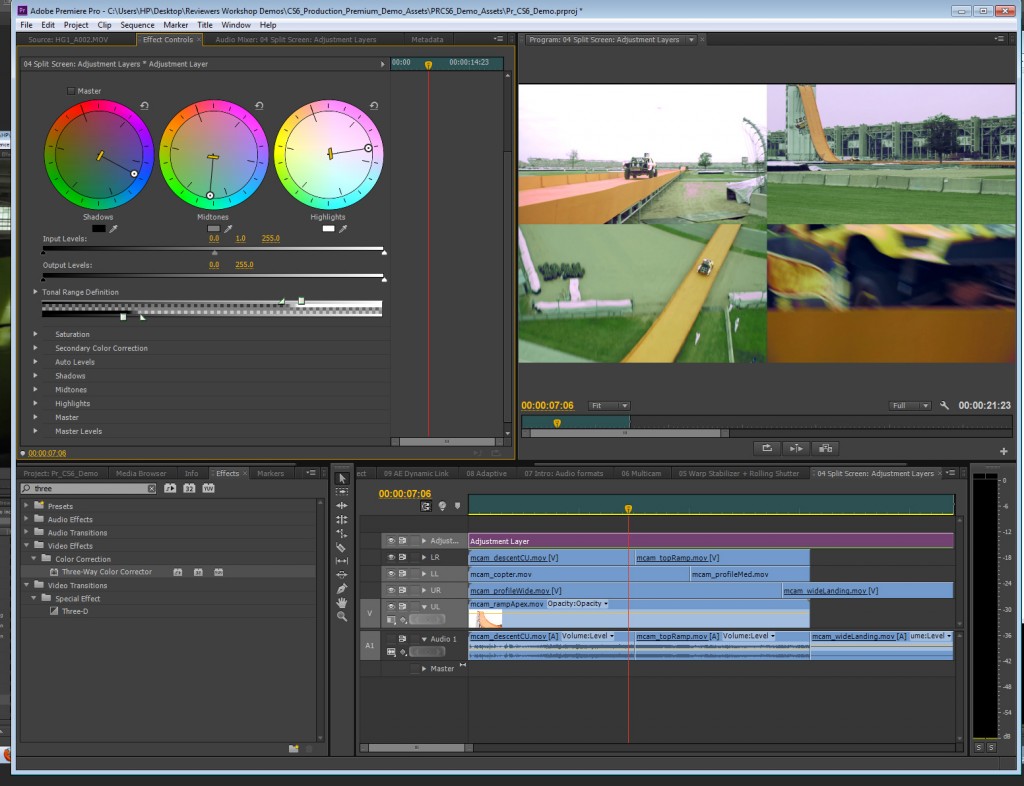
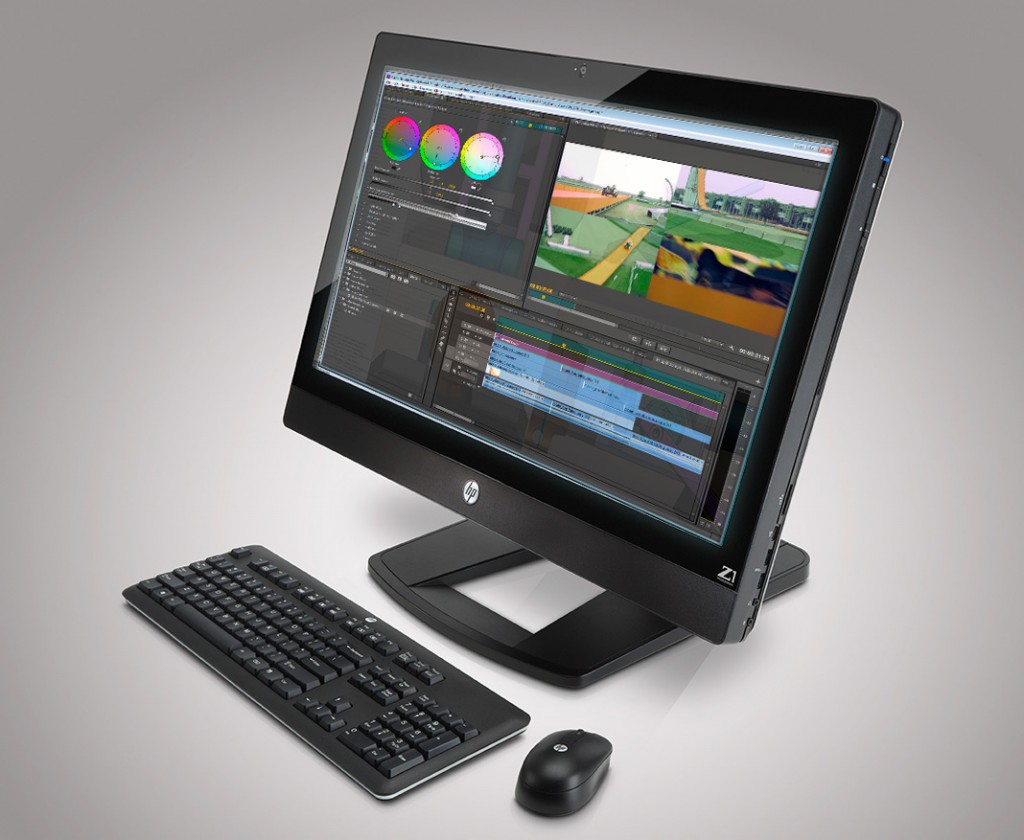


2 Comments
Included with this kind of combination are usually many pretty neat new enhancements as well as the different dependent off CS5. 5′s Warp Stabilizer which will truly conduct effective photographic camera checking (rather as opposed to more fundamental motion checking, which often AE provides constantly had to be able to do) as well as lights estimation so you can add in new artificial things and have the idea develop lighting along with dark areas good estimation criteria! In addition to this really 3D-like feature is usually to be able to finally do true ray-traced three dimensional within Results, so you can finally develop non-rastorized titles, vector art, along with extrusions! (Genius/AE Contributor/Action Filmmaker Stu Maschwitz had analyzed the actual feature along with produced a photo real the hand held opportunity of the iphone4 only using AE. It absolutely was truly remarkable! ).
Digital
Web Magazine
doors
Design
I thank the author for creating the post; it was really useful to me and I enjoyed it. I made a note about it on the https://bit.ly/3CKCHRR. I’d appreciate it if you could read it and accept it. Thank you for taking the time to express your issue.